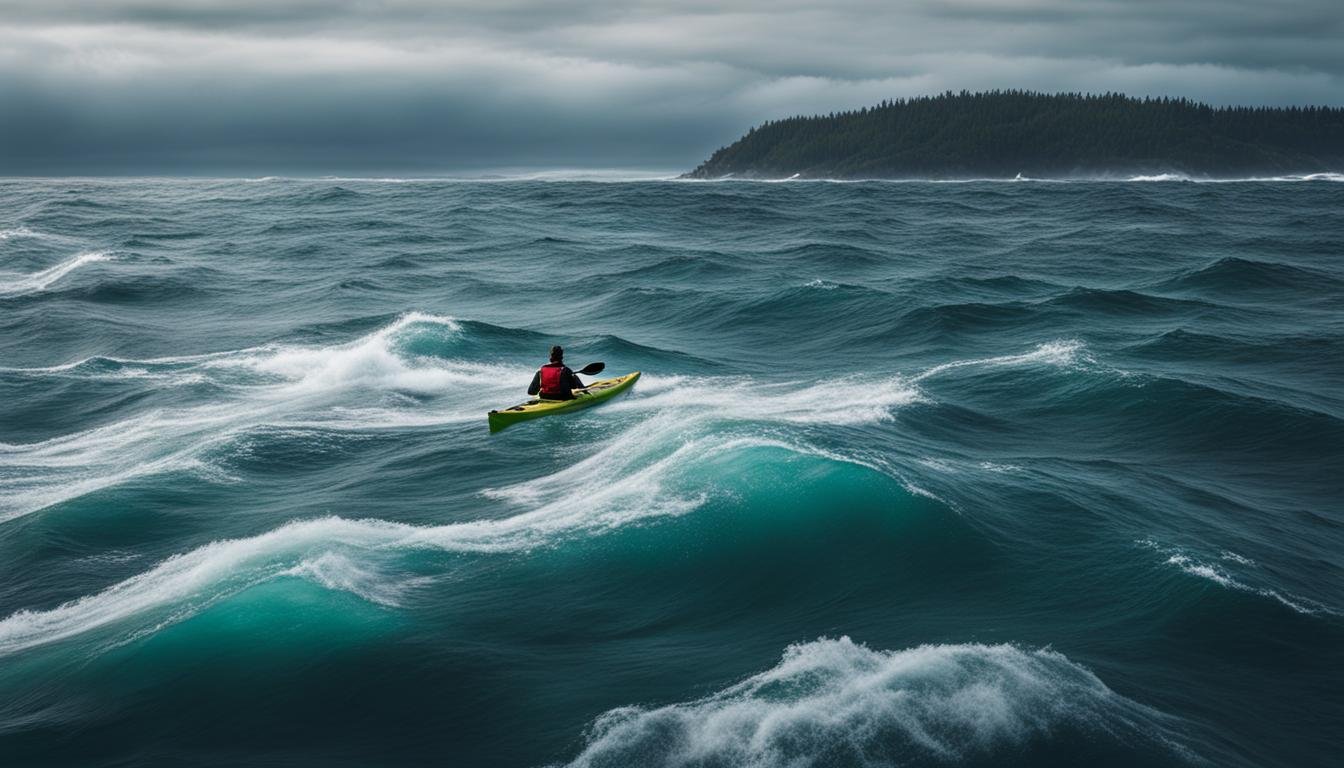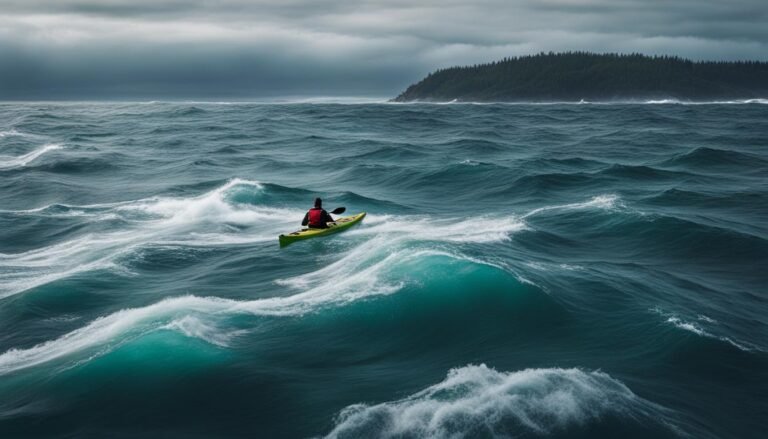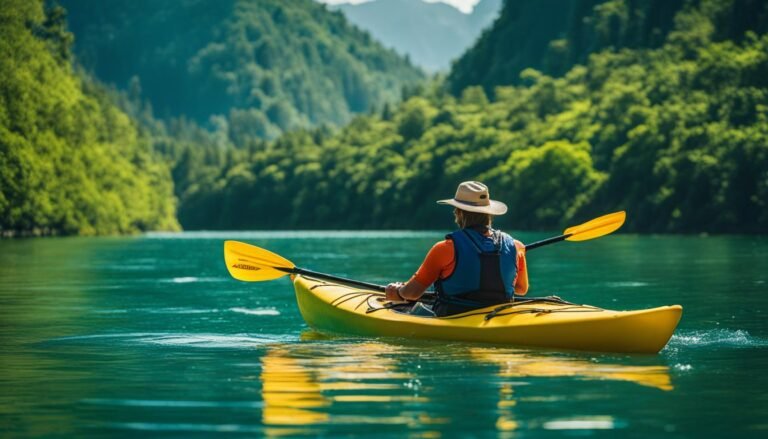13 Wildlife Photography Tips and Techniques
Discover essential wildlife photography tips and techniques to capture breathtaking images of animals in their natural habitats. Learn how to choose the right gear, master camera settings, and perfect your composition for stunning results.
Wildlife photography is an exhilarating and rewarding endeavor that allows you to document the incredible diversity of the natural world.
Whether you’re a novice or an experienced photographer, mastering the art of wildlife photography requires a blend of technical skill, patience, and a deep understanding of your subjects.
13 Wildlife Photography Tips and Techniques
In this guide, we’ll explore some valuable tips and techniques to help you capture stunning wildlife images that showcase the majesty of our planet’s creatures.
Selecting the Right Gear
Choosing the appropriate gear is a fundamental aspect of successful wildlife photography. To capture stunning wildlife images, you must carefully consider your equipment. Here’s an in-depth look at the key considerations:
1. Camera and Lens Selection
Your choice of camera and lens plays a pivotal role in wildlife photography:
Camera:
Invest in a camera with specific features suited for wildlife photography. Look for one with a fast burst mode, allowing you to capture multiple shots rapidly. This feature is crucial for capturing the quick movements of animals.
Additionally, ensure your camera has excellent low-light performance since wildlife encounters often happen in challenging lighting conditions.
Lens:
A telephoto lens with a long focal length, typically 300mm or more, is essential for wildlife photography.
This type of lens allows you to capture distant subjects while maintaining image quality. It brings you closer to your subjects without disturbing them, enabling you to capture intricate details and behaviors from a safe distance.
2. Tripod and Monopod
Stability is paramount in wildlife photography, especially during extended shoots or when photographing subjects at a distance:
Tripod:
A sturdy tripod provides stability and eliminates camera shake, ensuring sharp images. It’s particularly useful when photographing stationary subjects or shooting with longer lenses. Look for a tripod with features like adjustable legs and a ball head for versatile positioning.
Monopod:
In situations where you need to move quickly or follow mobile subjects, a monopod offers mobility and flexibility. It helps reduce fatigue during long shoots and allows you to track subjects with ease. Consider a monopod with quick-release mechanisms for rapid adjustments.
3. Additional Accessories
Enhance your wildlife photography kit with essential accessories:
Lens Hoods:
Lens hoods help prevent lens flare and protect your lens from stray light. They’re especially useful when shooting in bright sunlight or against the sun.
UV Filters:
UV filters not only protect your lens from scratches and dust but also reduce the effects of UV light, resulting in crisper, more vibrant images.
Bean Bags:
Bean bags or similar stabilizing devices provide support for your camera when shooting from a vehicle or other uneven surfaces. They offer stability without the bulk of a tripod.
Mastering Your Camera Settings
Understanding and effectively controlling your camera settings are crucial for capturing the best wildlife shots:
4. Shutter Speed
Shutter speed determines how long the camera’s sensor is exposed to light. In wildlife photography, use a fast shutter speed to freeze the action and eliminate motion blur, especially when photographing active animals.
For subjects like birds in flight or fast-moving mammals, a shutter speed of 1/1000 or faster is ideal.
5. Aperture
The aperture setting controls the depth of field in your photos, affecting how much of the scene is in focus. Wildlife photographers often use wide apertures (e.g., f/2.8) to create a blurred background (bokeh) that isolates the subject.
However, for scenarios where you want more of the scene in focus, such as capturing the animal within its habitat, a smaller aperture (e.g., f/8) is preferable.
6. ISO Settings
ISO determines the sensitivity of your camera’s sensor to light. To achieve the right exposure, keep your ISO as low as possible to minimize noise and maintain image quality.
However, don’t hesitate to increase the ISO when shooting in low-light conditions to ensure proper exposure. Modern cameras offer impressive noise reduction capabilities at higher ISO settings.
Composition and Framing
While mastering camera settings is crucial in wildlife photography, composition and framing are equally essential for creating visually stunning and impactful images:
7. Rule of Thirds
The rule of thirds is a fundamental principle of composition. To use it effectively, imagine dividing your frame into a grid with two equally spaced horizontal lines and two equally spaced vertical lines, creating nine equal sections.
Place your subject or key elements of interest along these lines or at their intersections. This off-center placement results in visually pleasing and balanced compositions that draw the viewer’s eye.
8. Patience and Observation
One of the most valuable skills in wildlife photography is patience. Spend time observing your subjects’ behavior and anticipate their actions. Wildlife can be unpredictable, and the most captivating moments often require waiting for the right opportunity.
Patience enables you to capture unique and authentic moments in the wild, whether it’s a predator stalking its prey or a mother caring for her young.
9. Get Down to Eye Level
Photographing wildlife at eye level creates a more intimate and engaging perspective. Whenever possible, position yourself at the same height as your subject.
This perspective allows viewers to connect with the animal on a personal level and provides a more immersive experience. It’s particularly effective when photographing animals at rest or during close encounters.
Ethical Considerations
Wildlife photography should always prioritize the well-being of the animals and their habitats. Here are ethical considerations every wildlife photographer should adhere to:
10. Respect Wildlife and Their Habitat
Maintain a respectful distance from your subjects and avoid disrupting their natural behaviors. Never approach too closely, make loud noises, or engage in actions that may stress or harm the animals. Always prioritize their well-being over getting the perfect shot.
11. Learn About Your Subjects
Educate yourself about the species you intend to photograph. Understanding their habits, behaviors, and habitats is essential for capturing authentic and meaningful images.
Knowledge of your subjects allows you to anticipate their movements and choose the best locations and times for photography without causing harm.
Post-Processing and Editing
After capturing the shot, post-processing and editing play a crucial role in refining your wildlife photographs:
12. RAW Format
Shoot in RAW format to retain maximum image information. RAW files contain all the data captured by your camera’s sensor, giving you greater flexibility in post-processing. You can adjust exposure, enhance colors, fine-tune contrast, and sharpen details while preserving image quality.
13. Maintain a Natural Look
When editing wildlife photos, strive for a natural look that accurately represents the subject and its environment.
Avoid over-processing, which can make your photos appear unrealistic or overly saturated. Aim to enhance the image’s visual appeal while maintaining the authenticity of the scene you witnessed in the wild.
In conclusion, wildlife photography is a rewarding pursuit that demands a combination of technical skill, artistic sensibility, and ethical responsibility.
By carefully selecting the right gear, mastering camera settings, composing thoughtfully, and adhering to ethical guidelines, you can capture captivating images that not only showcase the beauty of the natural world but also contribute to wildlife conservation efforts.
Remember that practice and continuous learning are key to honing your wildlife photography skills. Enjoy the journey of capturing the enchanting moments of wildlife in their natural habitat. Happy shooting!







